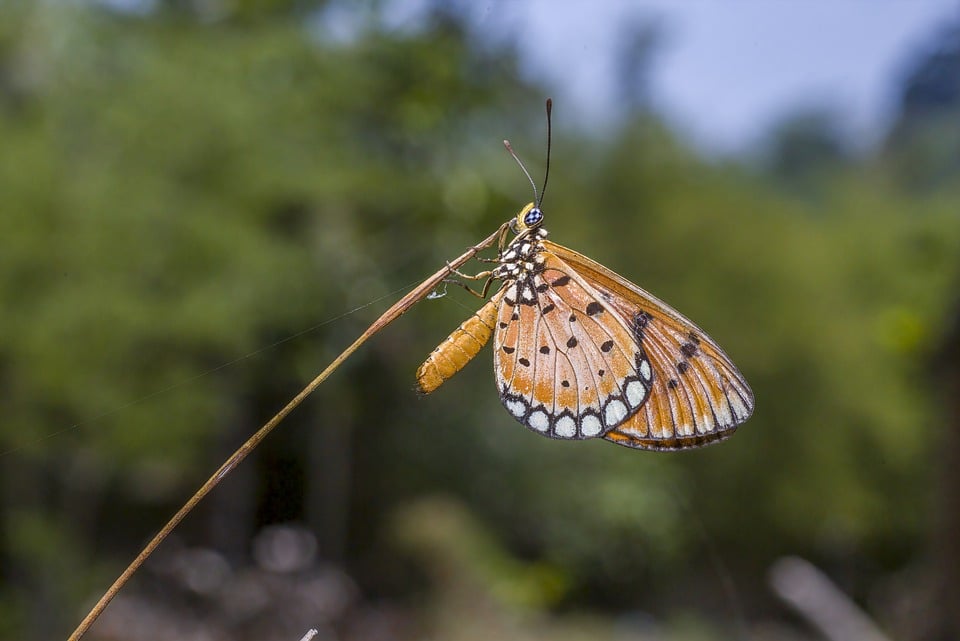As the temperatures rise and we spend more time outdoors, the presence of pesky insects can put a damper on our outdoor enjoyment. Whether you’re tending to your garden, hosting a backyard BBQ, or just trying to enjoy a pleasant evening on the patio, the incessant buzzing of mosquitoes, flies, and other insects can quickly become a nuisance. Instead of reaching for commercial bug sprays filled with chemicals, why not consider natural alternatives? In this article, we’ll explore simple DIY bug spray recipes that can help keep insects at bay while being safe for your family and the environment.
Why Choose DIY Bug Sprays?
Homemade bug sprays offer several advantages:
-
Natural Ingredients: Many store-bought insect repellents contain chemicals that can potentially harm your skin or the environment. DIY sprays allow you to control the ingredients.
-
Cost-Effective: Creating your own bug spray can be easier on your wallet, especially since many ingredients can be found in your kitchen or garden.
-
Customization: You can tailor the recipes to suit your needs or preferences, modifying the scent or potency according to what works best for you.
- Eco-Friendly: Using natural ingredients reduces pollution and is less harmful to wildlife.
Key Ingredients for Homemade Bug Sprays
Before we delve into the recipes, here are some common ingredients found in effective natural insect repellents:
-
Essential Oils: Oils like citronella, lavender, peppermint, eucalyptus, and tea tree oil are known for their insect-repelling properties.
-
Vinegar: Apple cider vinegar is great for repelling fleas and ticks. It’s also useful for cleaning surfaces that might attract insects.
-
Witch Hazel: This natural astringent can help soothe insect bites and is a great base for sprays.
-
Garlic: Garlic has a strong scent that bugs find unappealing, making it useful for repelling various insects.
- Alcohol: Rubbing alcohol can also repel bugs and help dissolve essential oils.
Simple DIY Bug Spray Recipes
1. Citronella Bug Spray
Ingredients:
- 10 drops of citronella essential oil
- 10 drops of eucalyptus essential oil
- 2 tablespoons of witch hazel
- 1 cup of water
Instructions:
- Combine all ingredients in a spray bottle.
- Shake well before each use.
- Spray on exposed skin and around your outdoor spaces.
2. Herbal Bug Spray
Ingredients:
- 2 cups of water
- 2 tablespoons of dried rosemary
- 2 tablespoons of dried thyme
- 2 tablespoons of dried mint
- 1 tablespoon of witch hazel
Instructions:
- Bring the water to a boil in a saucepan.
- Add the dried herbs and let it simmer for about 20 minutes.
- Remove from heat and allow the mixture to cool.
- Strain out the herbs, add witch hazel, and pour the liquid into a spray bottle.
- Store in the refrigerator and use within 1 to 2 weeks for best results.
3. Garlic Barrier Spray
Ingredients:
- 1 bulb of garlic
- 1 teaspoon of mineral oil
- 1 cup of water
Instructions:
- Blend garlic and mineral oil until smooth.
- Combine the garlic paste with water in a spray bottle.
- Let the mixture steep overnight.
- Strain the mixture to remove garlic solids, then spray around entry points, garden, or outdoor areas.
4. Apple Cider Vinegar Spray
Ingredients:
- 1 cup of apple cider vinegar
- 1 cup of water
- 10 drops of lavender essential oil
Instructions:
- Mix all ingredients in a spray bottle.
- Shake well and apply to the skin or around areas where bugs tend to gather.
Tips for Effective Use
-
Reapply Regularly: Natural sprays tend to evaporate faster than chemical ones, so it’s best to reapply every couple of hours, especially if you’re sweating or in a heavily infested area.
-
Test for Skin Sensitivity: Before applying any spray over a large area, test it on a small patch of skin to check for any allergic reactions.
-
Store Properly: Keep your homemade sprays in a cool, dark place to preserve their potency.
- Be Mindful of Plants: While many natural ingredients are safe for plants, some can be too strong. Test the spray on a small area of foliage first.
Conclusion
With a little effort and some simple ingredients from your pantry or garden, you can create effective bug sprays that are not only safer for your family but also friendly to the environment. Whether you’re combating mosquitoes, flies, or other irritating insects, these DIY recipes can provide a natural barrier that lets you enjoy the great outdoors without annoyance. So gather your ingredients, whip up a batch, and reclaim those lush summer evenings outside!
